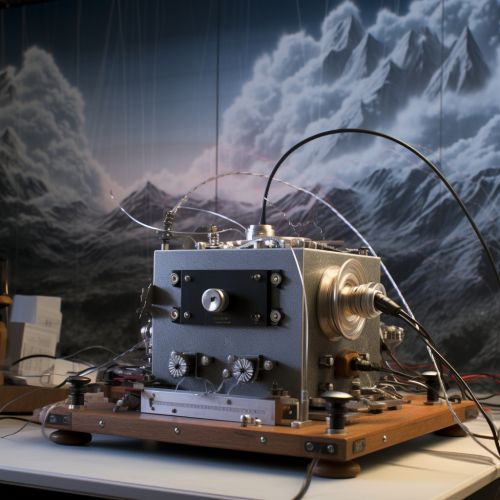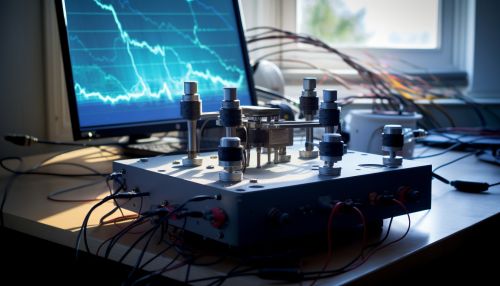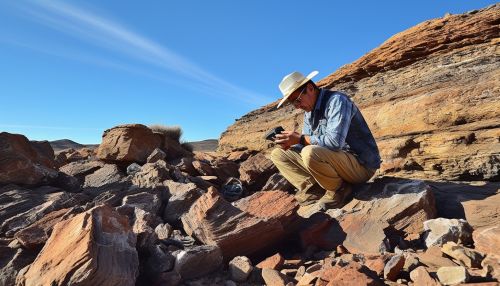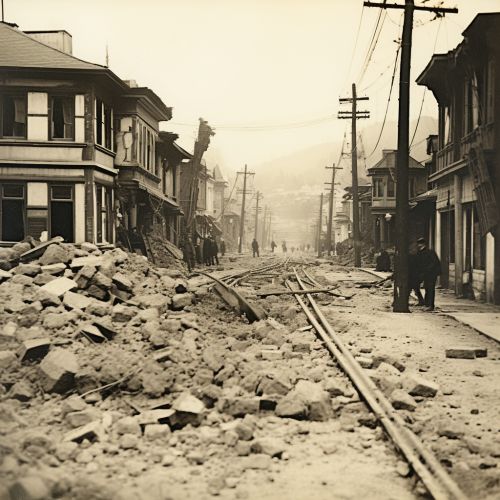Earthquake prediction
Introduction
Earthquake prediction is a branch of the science of Seismology concerned with the specification of the time, location, and magnitude of future earthquakes within stated limits. Despite considerable research efforts by seismologists, scientifically reproducible predictions cannot yet be made to a specific day or month.
Understanding Earthquakes
An Earthquake is a phenomenon that results from the sudden release of stored energy in the Earth's crust that creates seismic waves. The seismicity, seismism, or seismic activity of an area refers to the frequency, type, and size of earthquakes experienced over a period of time. Earthquakes are caused mostly by rupture of geological faults but also by other events such as volcanic activity, landslides, mine blasts, and nuclear tests.
The Science of Prediction
The science of earthquake prediction is at its infancy despite being an area of active research for many years. The complexity of the Earth's crust, the irregularity of seismic activity, and the lack of understanding of the processes that trigger earthquakes make prediction a daunting task.


Methods of Prediction
There are several methods used in the prediction of earthquakes. These include the study of historical earthquake patterns, geological mapping, the monitoring of seismic activity, and the use of statistical models. Each method has its strengths and weaknesses and none have been proven to be definitively reliable.
Historical Patterns
One of the most basic methods of earthquake prediction is the study of historical earthquake patterns. This involves looking at the history of earthquakes in a given area and identifying patterns or cycles of seismic activity.
Geological Mapping
Geological mapping involves the study of the Earth's crust to identify areas of potential seismic activity. This can involve the study of fault lines, the analysis of rock formations, and the use of geophysical surveys.


Seismic Monitoring
Seismic monitoring involves the use of seismographs to detect and record seismic activity. This data can then be analyzed to identify patterns or trends that may indicate an impending earthquake.
Statistical Models
Statistical models are used to predict the probability of an earthquake occurring in a specific location within a certain time frame. These models take into account factors such as the history of seismic activity in the area, the type of geological formations present, and the known behavior of earthquakes.


Challenges in Earthquake Prediction
Despite the various methods of prediction, there are several challenges that make earthquake prediction difficult. These include the complexity of the Earth's crust, the irregularity of seismic activity, and the lack of understanding of the processes that trigger earthquakes.


Future of Earthquake Prediction
While earthquake prediction remains a challenging field, advances in technology and understanding of seismic activity are leading to improvements in prediction methods. Future advancements may include the development of more accurate statistical models, improved seismic monitoring techniques, and better understanding of the Earth's crust and the processes that trigger earthquakes.
